Individual Writing Goals
Explicitly tell students how to improve their writing so they can take ownership
There comes a point, usually around the middle of the school year, when my kindergartners find their groove with writing. Some can write fluently and legibly and they think they’ve got it mastered. Others can think of an idea and write a sentence or two and they’ve figured out that it meets my expectations for them. And there are those still struggling with forming a sentence and writing the sounds. But they know how to get the help they need and get the job done to the best of their ability. They have all found their comfort zone.
My job is to bump them out of that zone and into their zone of proximal development, as allowing them to stay in their comfort zone will result in stagnation. I must make writing challenging for them again. I do this by starting individual writing goals to force them into their zone of proximal development.
The zone of proximal development (ZPD) is the range of abilities that an individual can perform with assistance but cannot yet perform independently. These skills are called "proximal" because the individual is close to mastering them but needs more guidance and practice in order to perform these actions independently (Vygotsky, Wikipedia).
Shortly after returning from Winter Break, I had the students write about a familiar topic, Ten Little Monkeys Jumping on the Bed, which we had read earlier in the day. In order to assign writing goals, I needed to know exactly what they could do on their own. It was the first day that my aide and I provided no help whatsoever while they wrote for 20 minutes. I have 27 students, but I can only upload a certain number of writing samples. I feel these represent the range in the class.
Next, I analyzed each student’s writing and put an X on the Writing Goals chart next to the skills that they already demonstrate. I took into consideration what I see on a daily basis in addition to what I noticed on these writing samples.
The goals listed on the writing chart are subskills of developing writing that I like to explicitly teach. They are mostly in order—with how I teach—but the chart works even if they are out of order. I see some that I should move up and you probably do, too. Students usually acquire these skills in a slightly different order anyway. I have also thought of a couple more that I may add.
Start at the top of the paper
Think of an idea to write; say your idea out loud
Listen to the sounds
Start with a capital
Use mostly lowercase
Write I with a capital letter
Put a capital letter on names
Write all the way across the paper
Erase all the way
Use spaces between words
Try to spell sight words correctly/use sight word lists
Try to write letters for all of the sounds in words
Point to the words and read your writing
Form letters correctly
Bump the line
Use talls, shorts, and hang-downs
Put a period at the end of each idea/sentence
Put a question mark at the end of each question
Use an exclamation mark for the exciting parts
Put at least one vowel in every word
Now, I can use the chart to not only track progress, but to quickly group students according to their current goal. Today, all students who are working on “thinking of an idea to write” went with my aide and talked about their idea before starting to write. There were a bunch of students working on “starting with a capital" and “using mostly lowercase” (two goals at once because they go together nicely), so I sat them near each other so they could motivate and encourage each other. When I spoke to one student about his capital S’s and capital B’s, other nearby students checked their writing right then to see if they had any random capitals.
I teach writing whole group and like to circulate around the entire time, encouraging students and reminding them about what they’re supposed to be doing. The best thing about writing goals is that it helps me stay focused. When I look at a student’s writing and prepare to provide constructive feedback, I can focus on just that one tiny aspect of writing. Did she start with a capital? It helps me block out the messy handwriting, the scribbling in the corner when they got bored or overwhelmed, the lack of spaces, the ten run-on sentences. It also prevents me from spending too much time with any one student, trying to fix every part of their writing; it keeps me moving and keeps me teaching everyone. And I’ve been using this approach long enough to know that systematically moving students through this list will eventually take care of a lot of the not-so-good stuff as the weeks go on and that eventually their writing will look pretty amazing.
When students demonstrate their goal for five to ten consecutive days, I consider it mastered. There will be a few students we recognize each day for meeting their goal. We’ll put an X on the chart and assign a new goal. This ritual will be just enough to keep everyone else motivated and encourage them to take ownership for improving their writing.

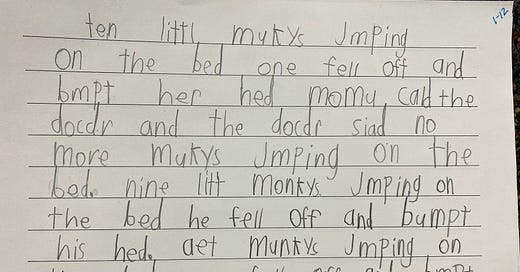





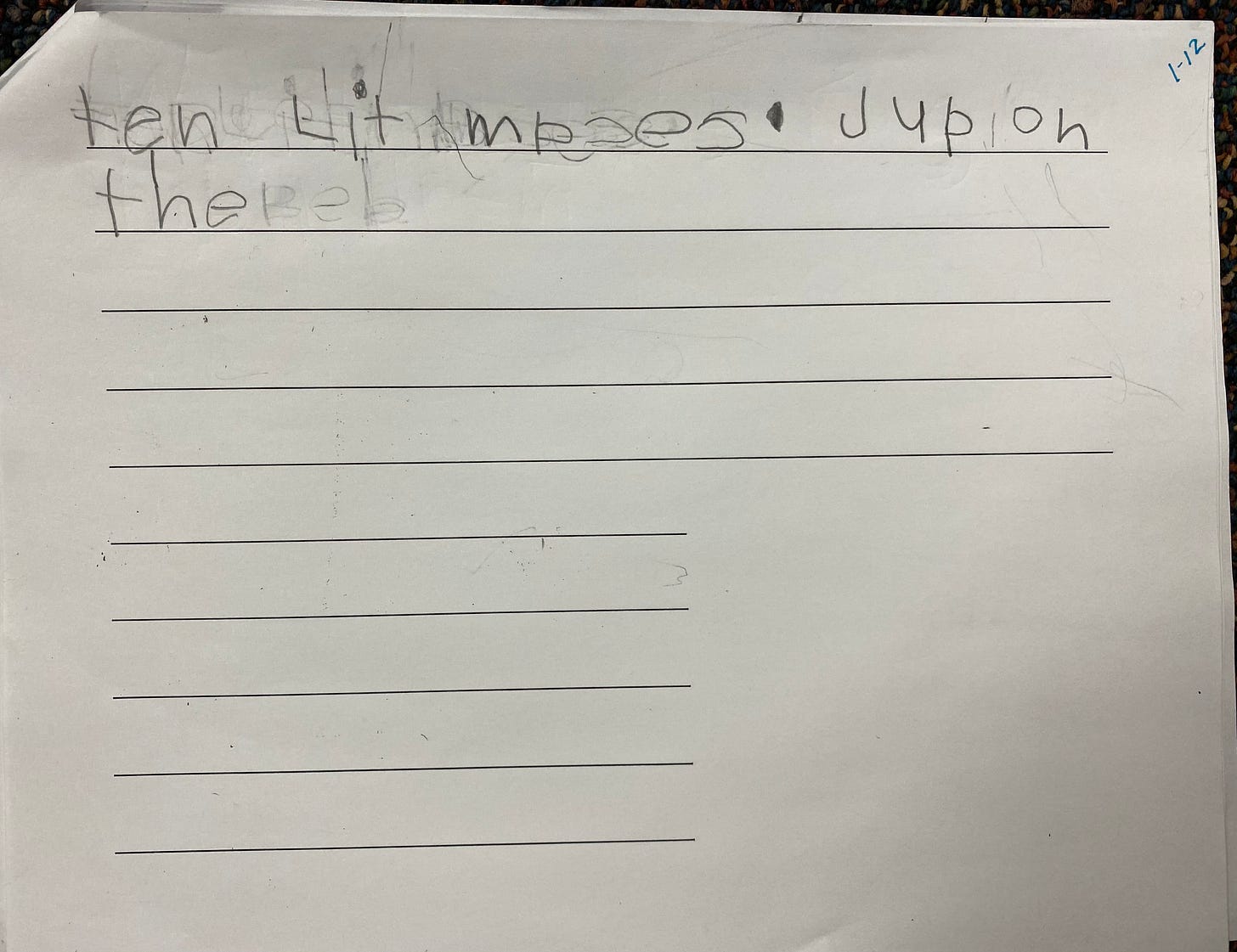

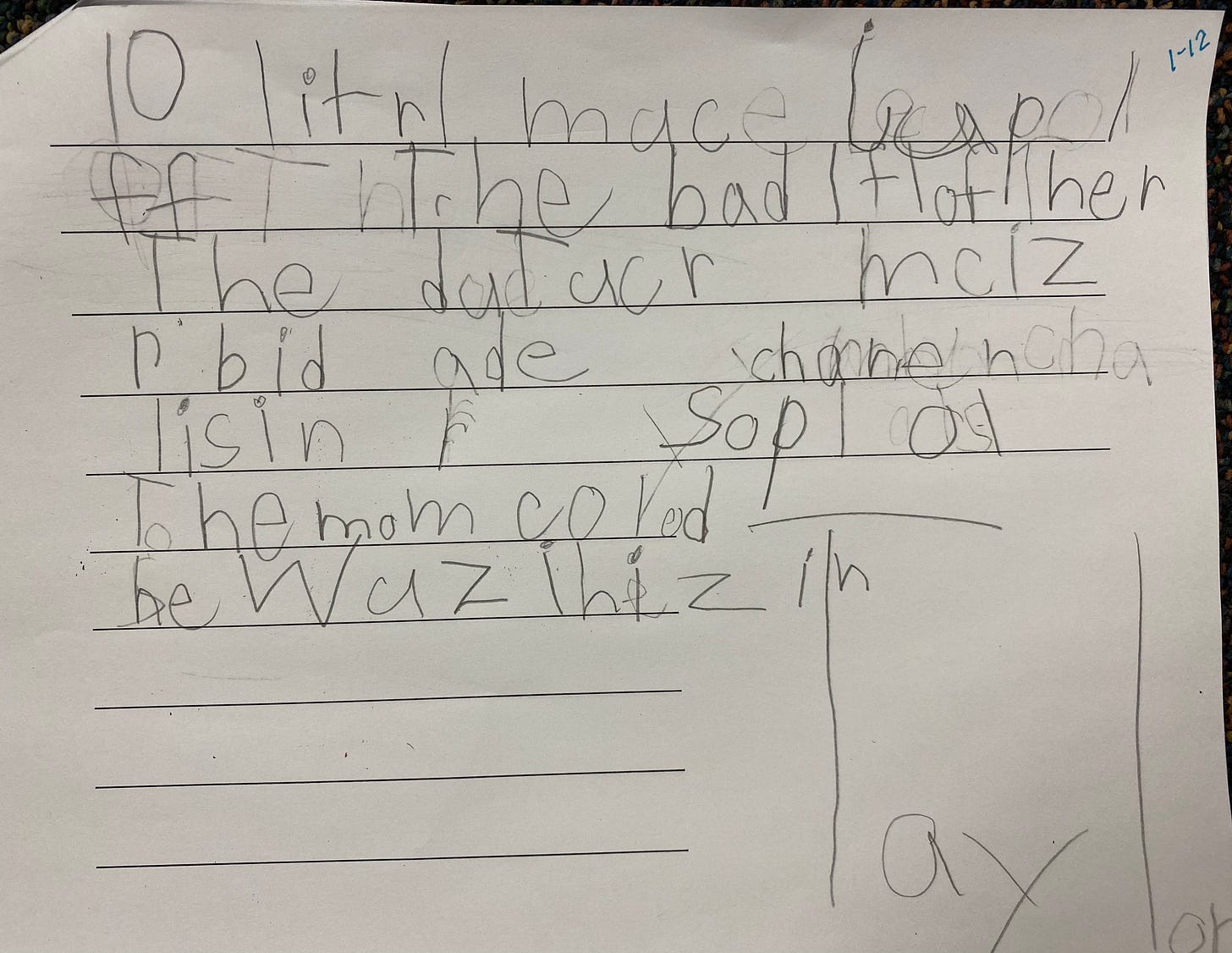
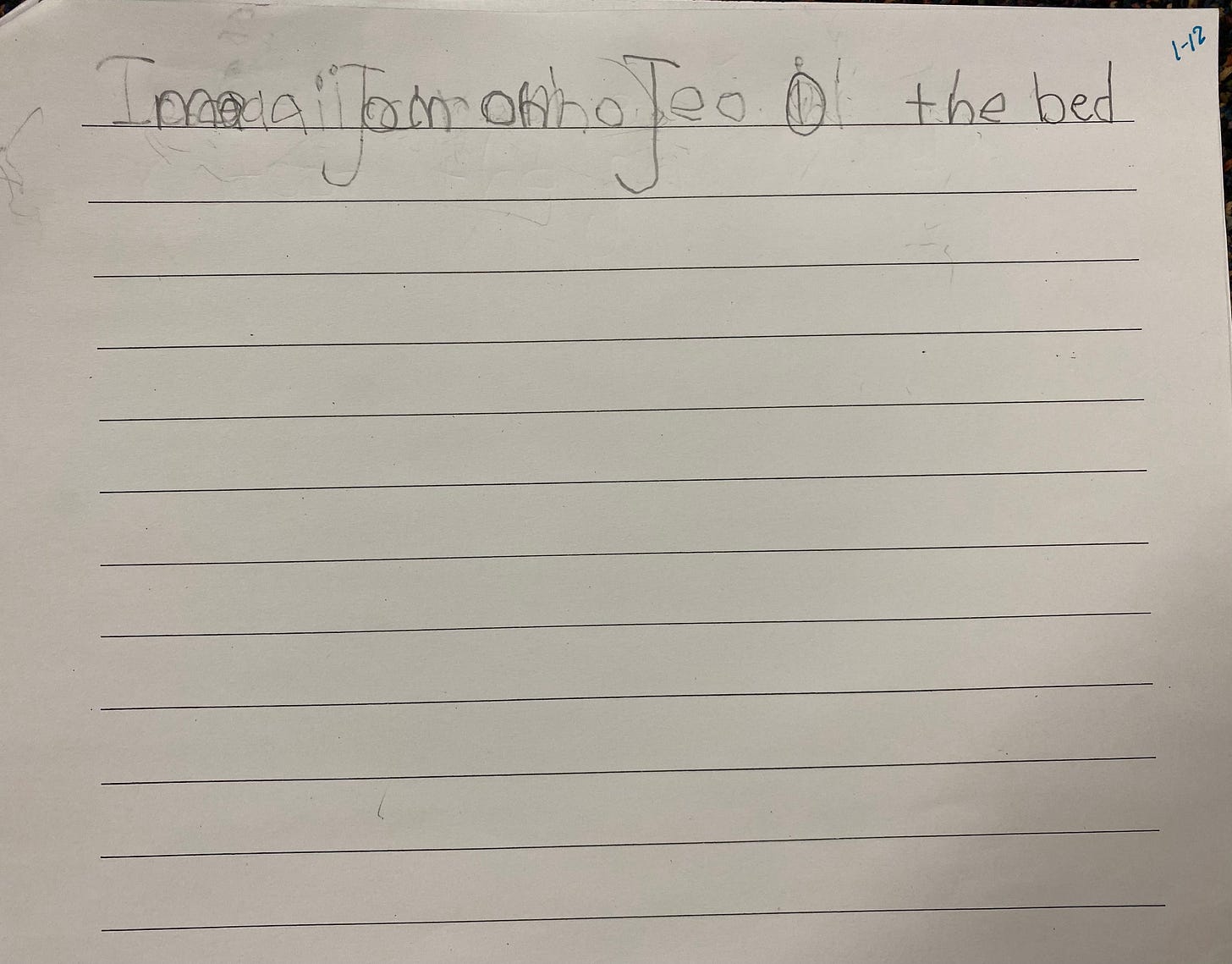

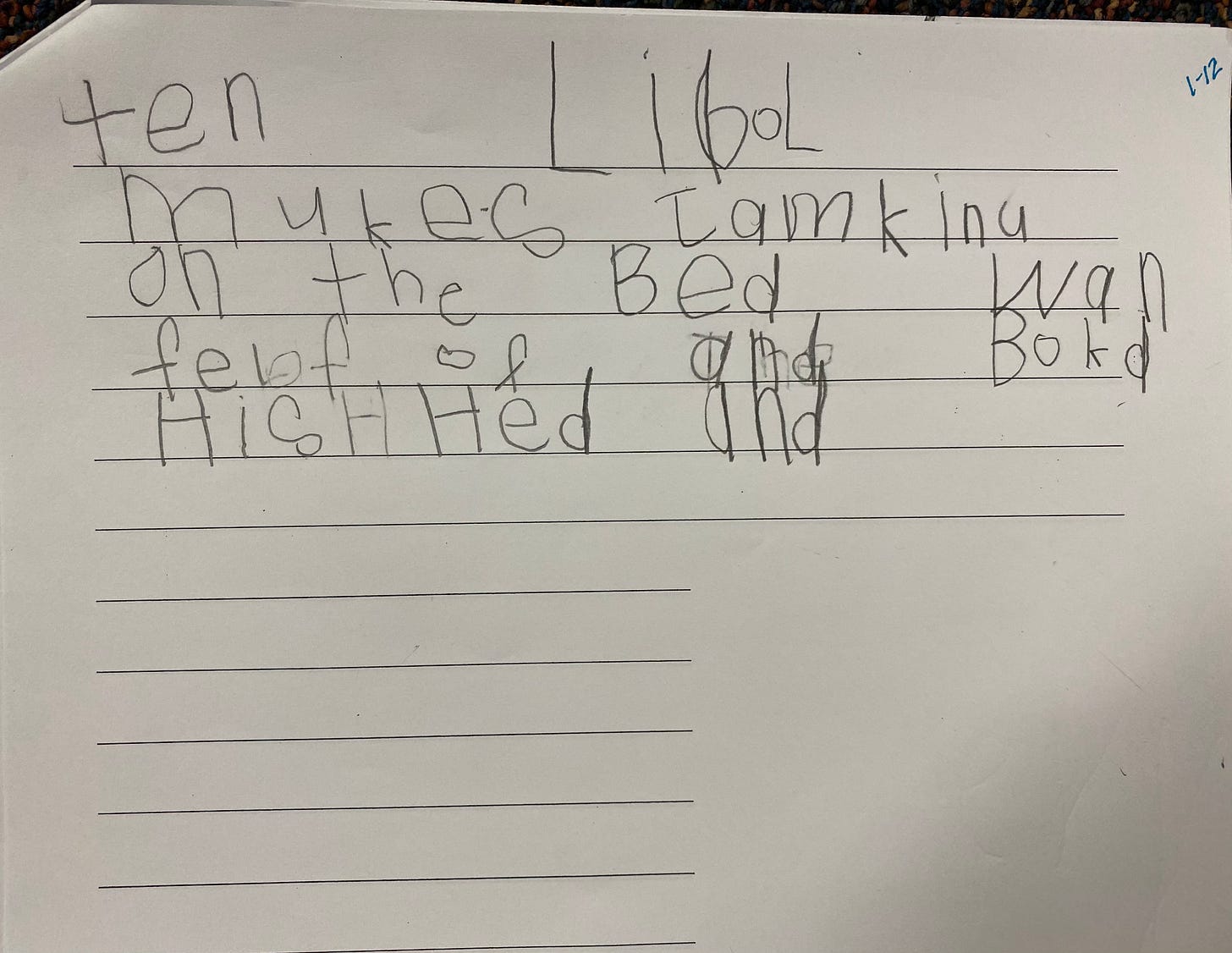

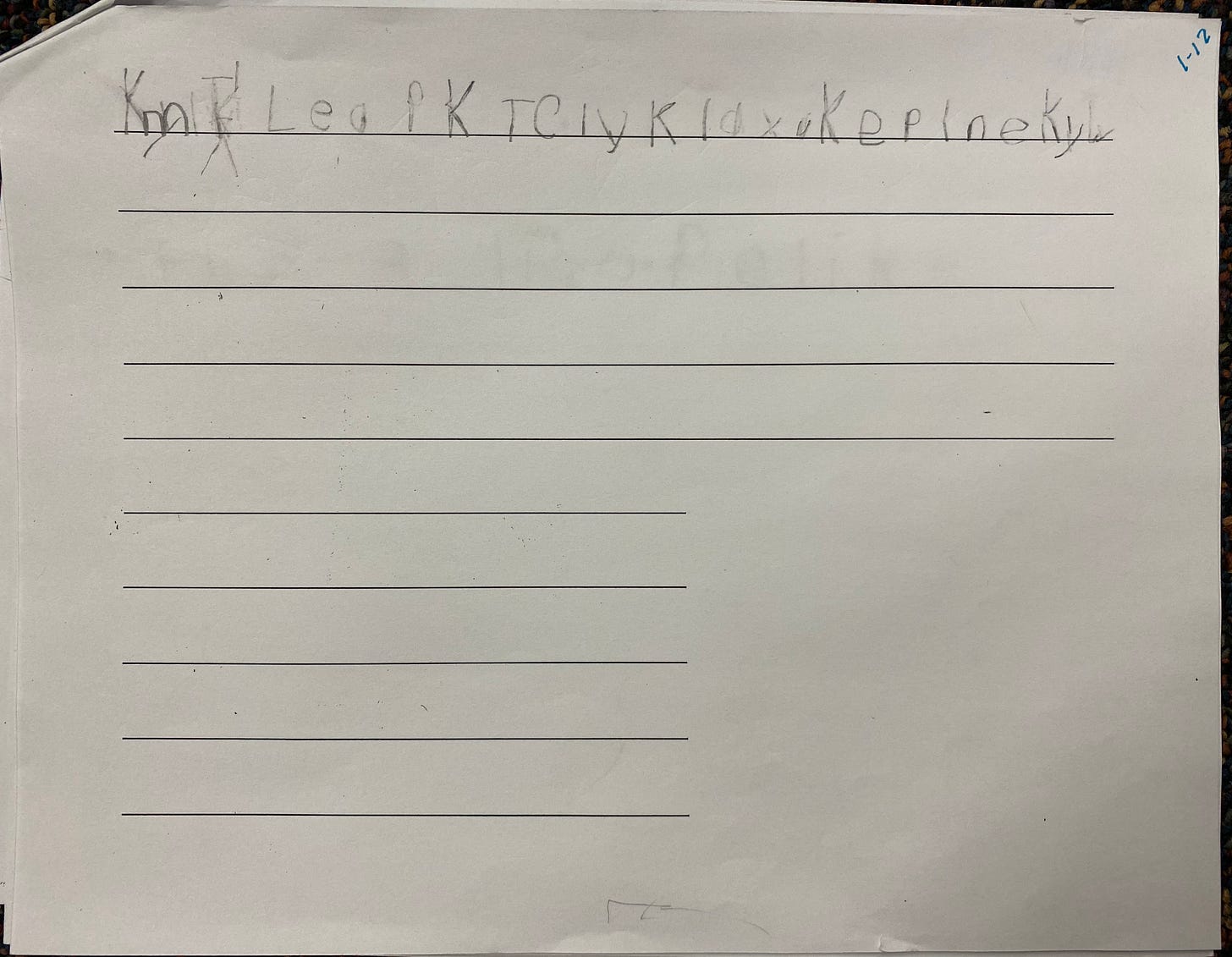
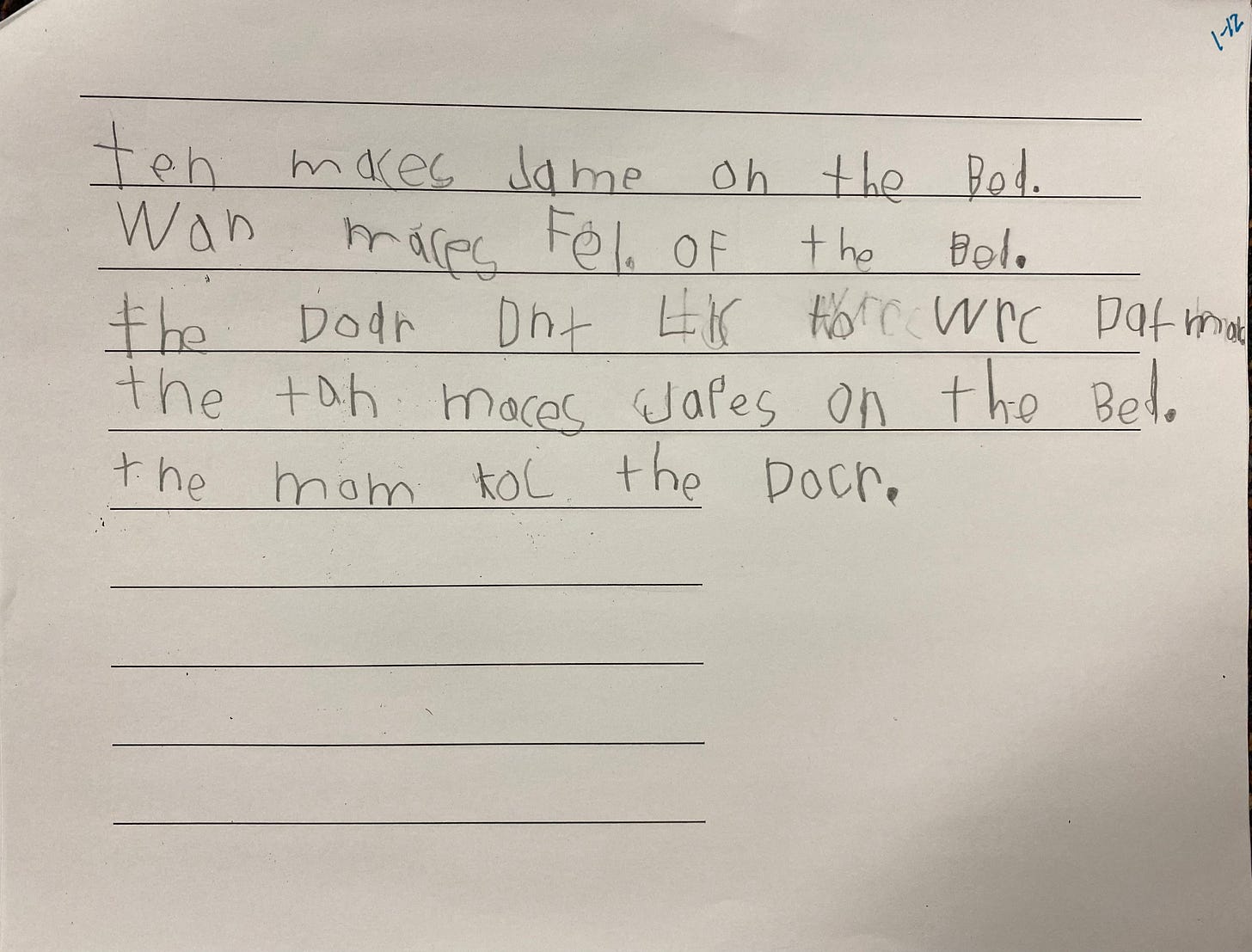



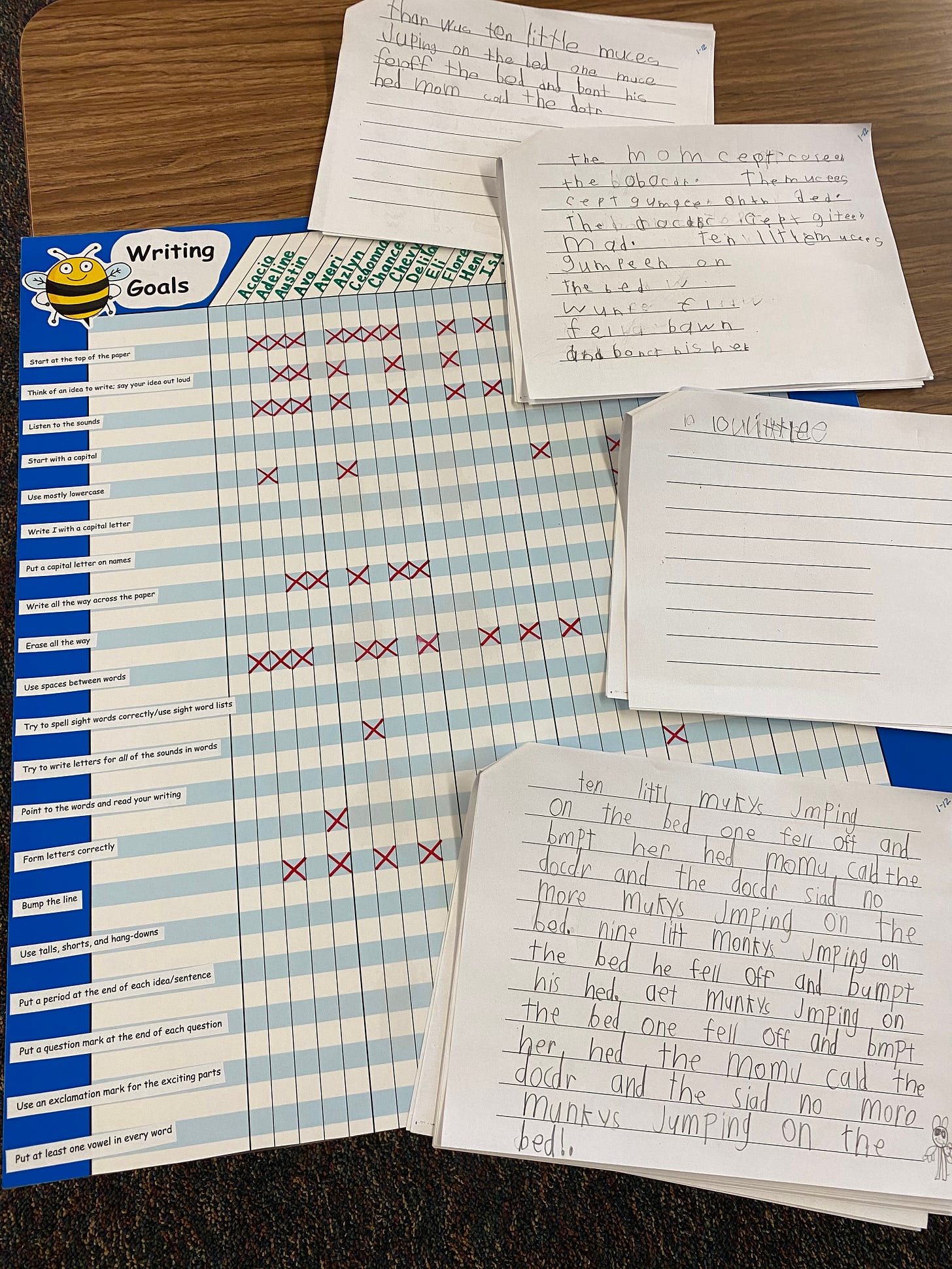
What a great idea to put this on a chart with the goals on the side. I love it. I will definitely be doing this next year!